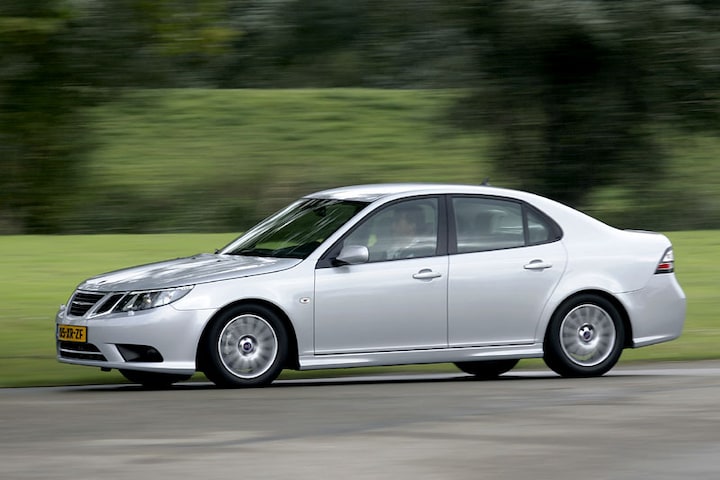Loved, cherished and… tuned?

The Saab brand has ceased to exist since May 2014, but the magical effect on a large group of enthusiasts remains. The brand is known for its idiosyncrasy, but this characterization is perhaps even more true for the brand’s drivers. Whether such a Saab can also be explained somewhat rationally, of course as an occasion, we will discover in this section.
We look at the practical consumption of the Saab 9-3, as it was delivered between 2003 and the bankruptcy in 2011. The car was available as a Sport Sedan, Sport Estate and Convertible, which we treat as one in this story. Incidentally, Saabs 9-3 were also produced after 2011 under the flag of NEVS (National Electric Vehicle Sweden). These copies appeared on the market in dribs and drabs between December 2013 and May 2014, mainly in Sweden (only six copies came to the Netherlands), but in the latter month the light of the 9-3 went out permanently. The dreamed-of Saab revival failed to materialize, with the NEVS Emily, which was never produced in series, as the latest achievement.
Consumption Saab 9-3 1.8t
Good, the Saab 9-3. Although you could also get the car with an unblown 1.8-liter petrol engine, Saab is, according to many, synonymous with turbo technology. In the AutoWeek Consumption Monitor we mainly find the 1.8t engine with 150 hp power. On average, owners of a Saab 9-3 with this engine consume 1 in 11.3 (8.9 l/100 km).
The least fuel efficient driver has a 9-3 Cabriolet, which appears to be mainly used for pleasure driving. Consumption: 1 to 10.5 (9.5 l/100 km). The most economical 9-3 1.8t also turns out to be a little used convertible, the owner of which scores 1 in 12.3 (8.1 l/100 km). A 9-3 Sport Sedan that is used more often gets 1 in 12.1 (8.2 l / 100 km). That doesn’t sound particularly economical by modern standards, but this sedan driver scores nicely 12.2 percent better than the factory promises.
Slightly higher up the ladder was the Saab 9-3 2.0t, whose larger engine provided a modest 25 hp power gain. On the other hand, users consume an average of 1 in 11.1 (9.2 l/100 km): barely less economical than drivers with the larger engine.
And the diesels?
Finally, we look at the 1.9 diesel engine, after all, the 9-3 dates from the time when you could still come up with this. With the 1.9 TiD engine, owners drive an average of 1 in 17.5 (5.7 l / 100 km), which is quite in line with the figures stated by the factory.
The Saab 9-3 is by no means an economy miracle, although it does quite well what the factory promised at the time. We must not forget that this is a car that is more than twenty years old. And then there is another nuance: thanks to the turbo, a Saab engine is quite easy to tune to much higher powers and many Saab drivers are not afraid of that. This kind of tuning can have an effect on consumption, both positively and negatively. To be fair, we don’t know if the cars in this story have been modified in terms of hardware or software.
.
– Thanks for information from Autoweek.nl